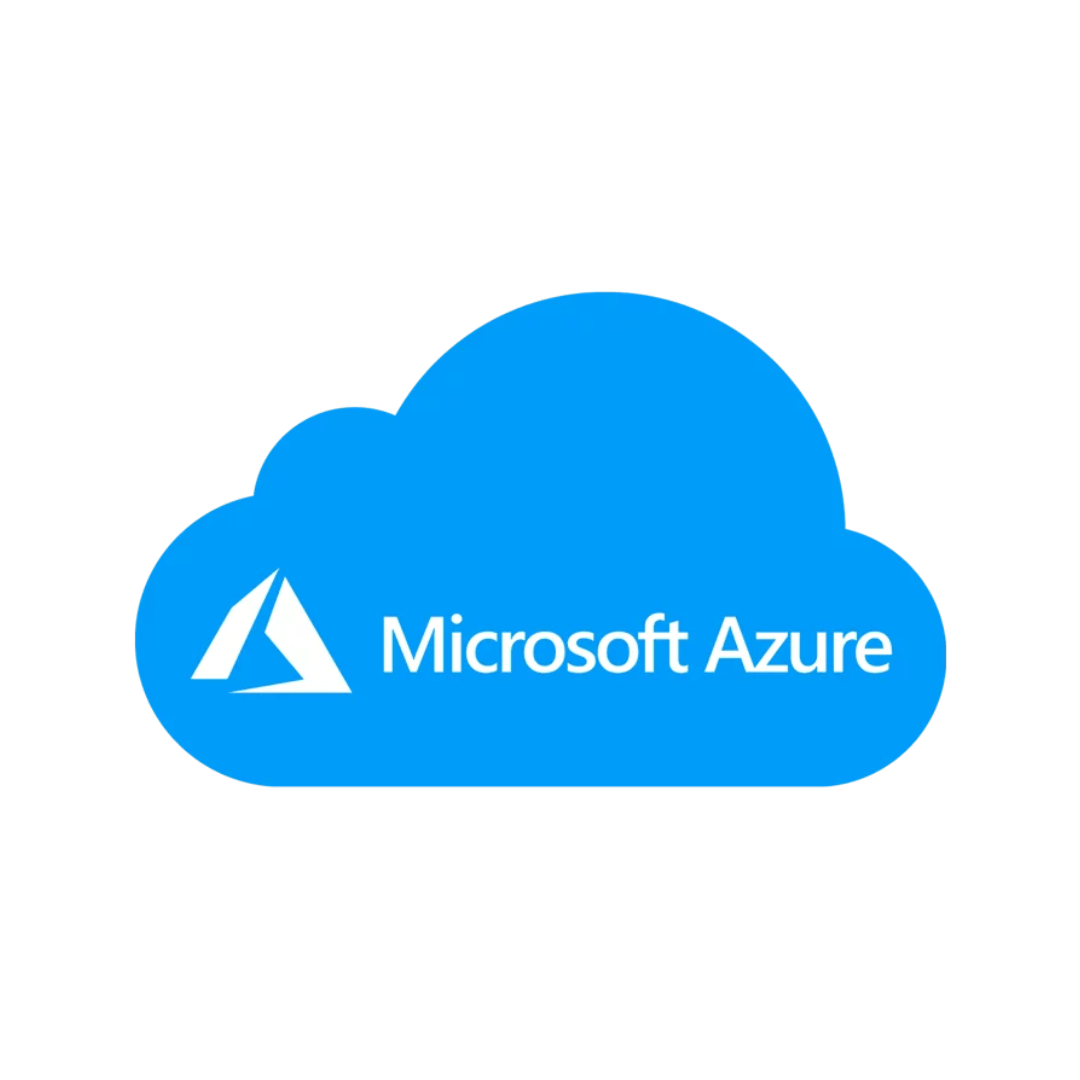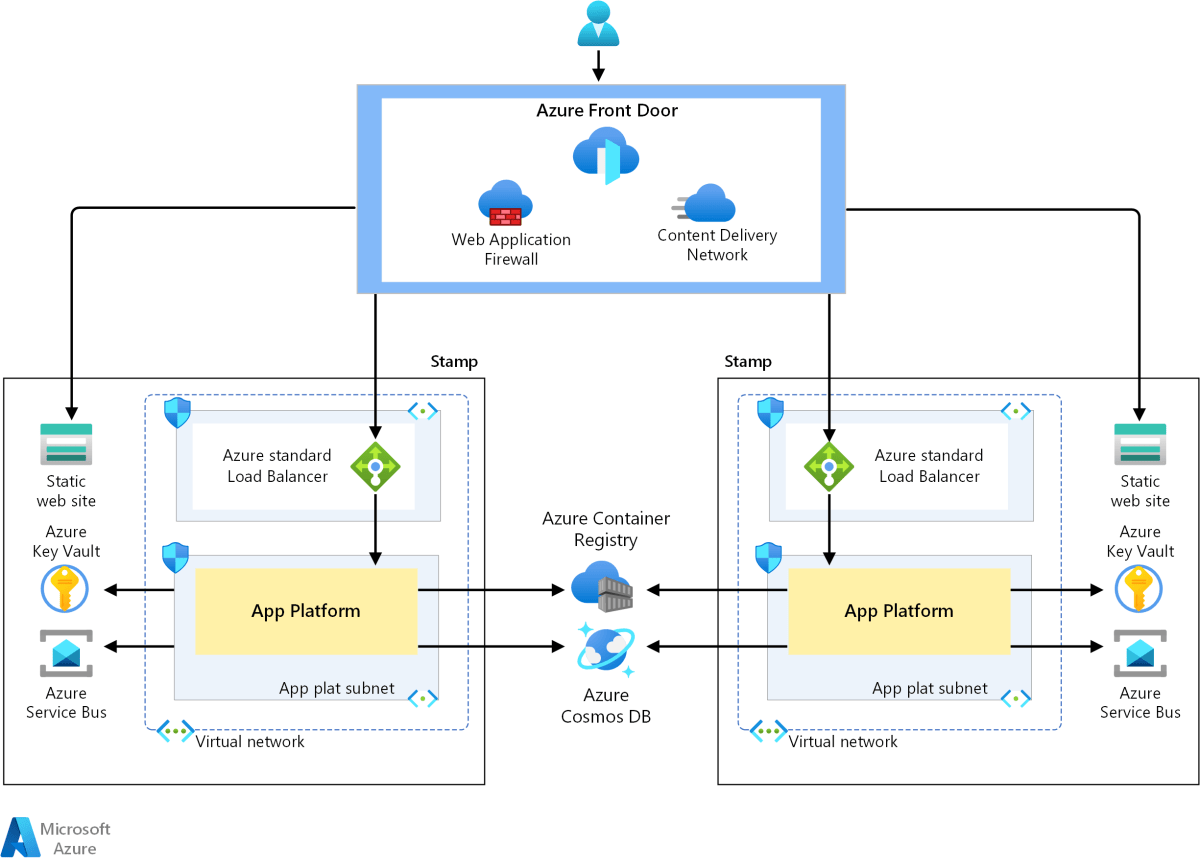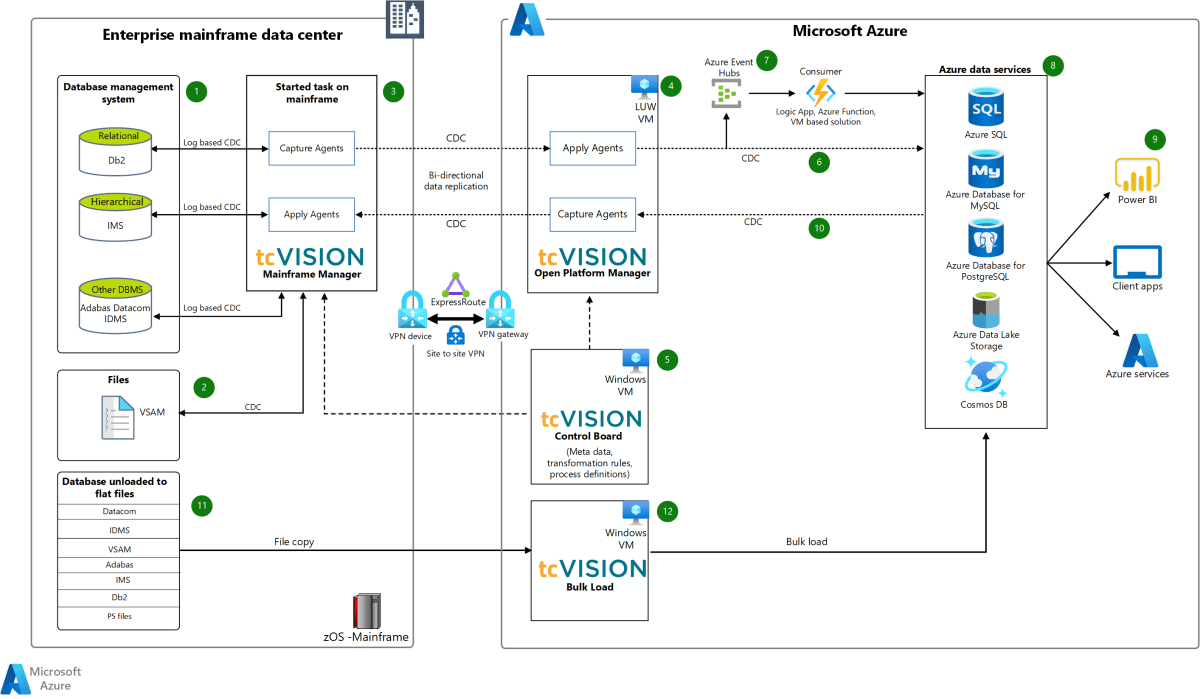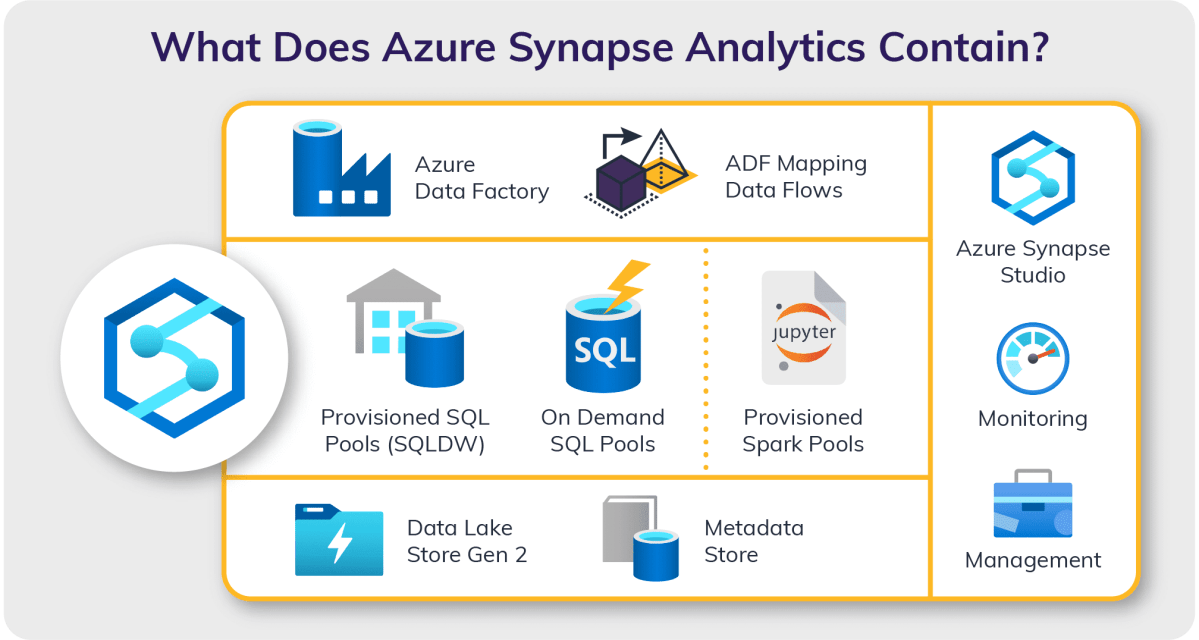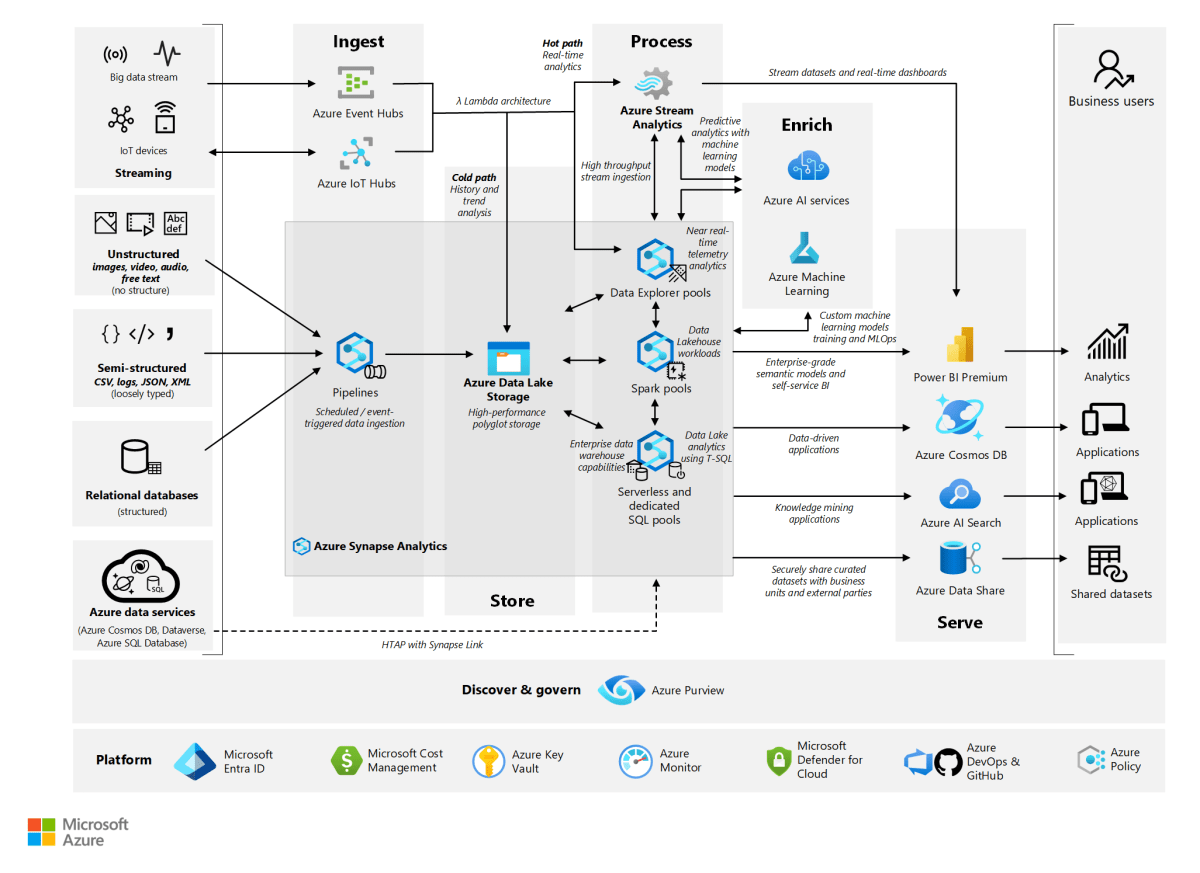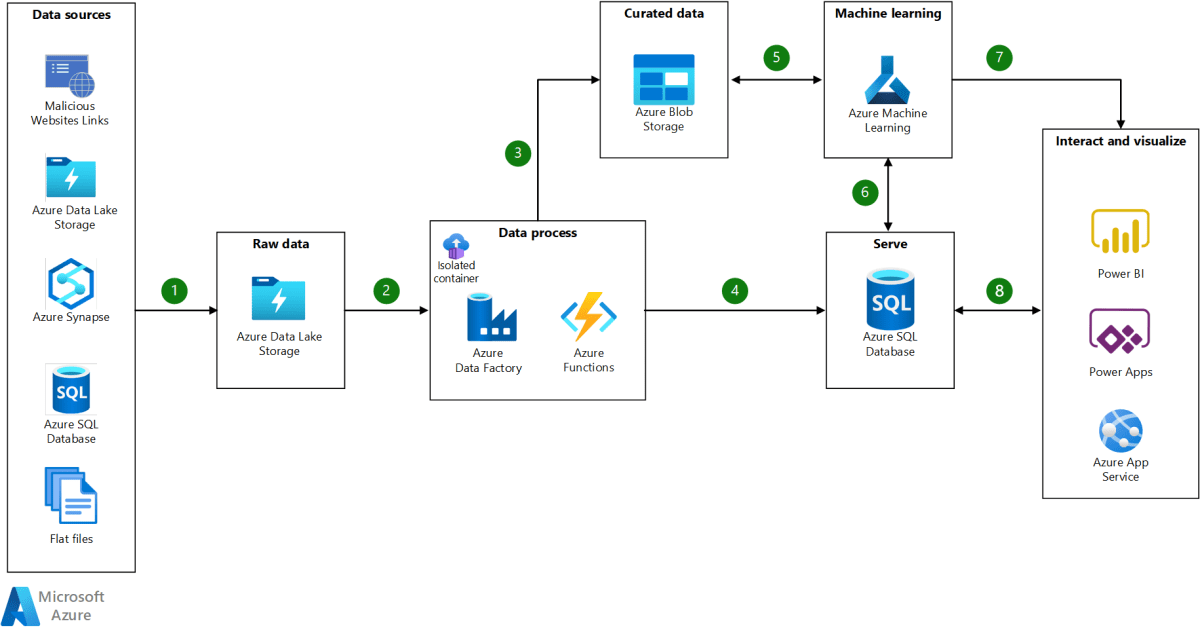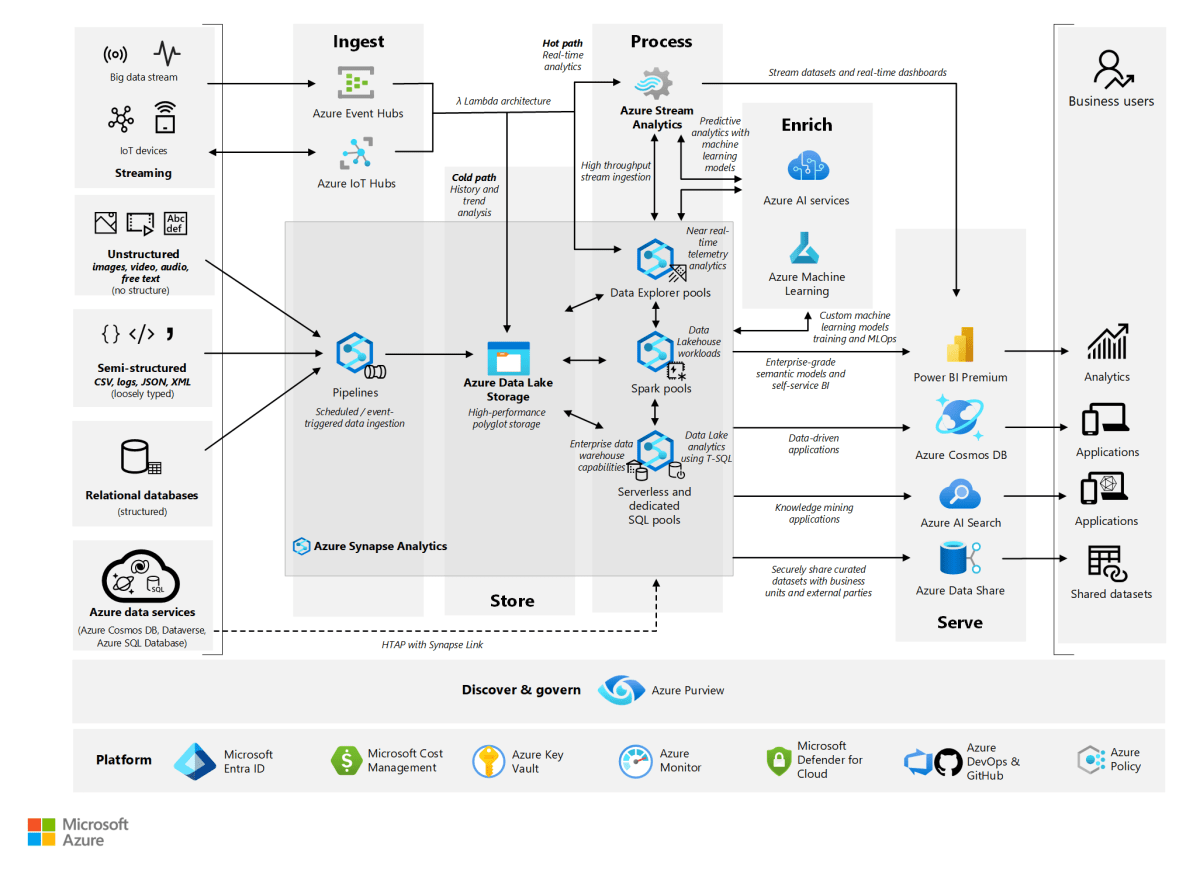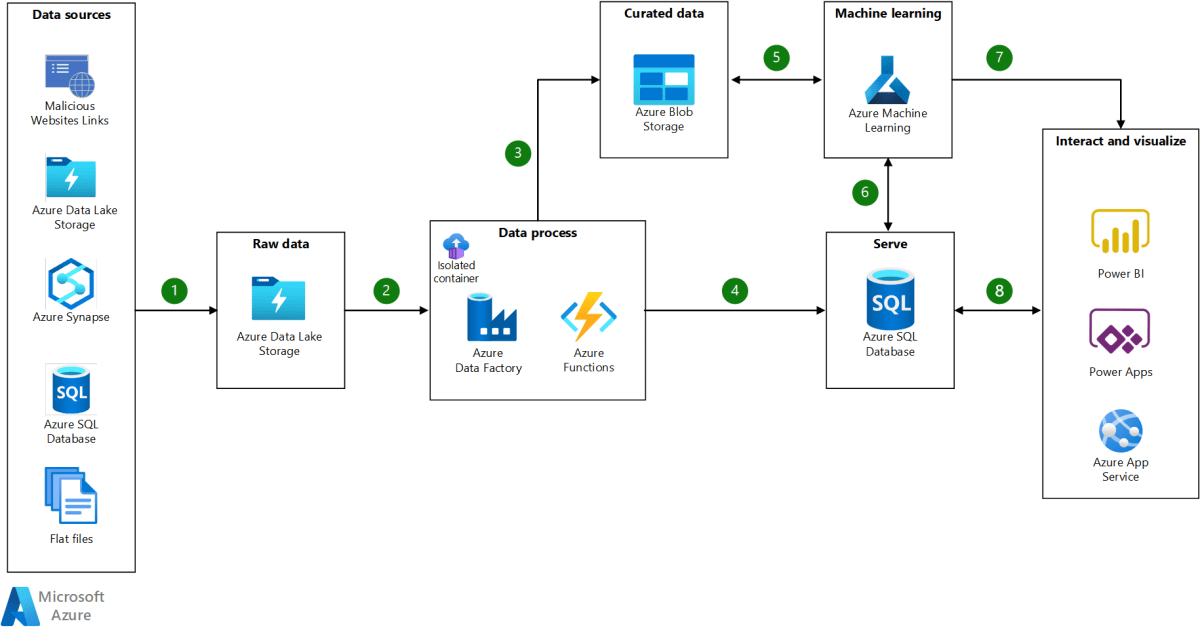Azure SQL Database: 7 Powerful Features You Must Know
Thinking about moving your data to the cloud? Azure SQL Database might just be the game-changer you need. This fully managed cloud database service from Microsoft offers unmatched scalability, security, and performance — all without the hassle of managing physical servers.
What Is Azure SQL Database?

Azure SQL Database is Microsoft’s intelligent, relational cloud database service built on the foundation of the Microsoft SQL Server engine. It’s designed to help organizations run scalable, high-performance applications in the cloud with minimal administrative overhead.
Core Definition and Purpose
Azure SQL Database is a Platform-as-a-Service (PaaS) offering that allows developers and IT professionals to deploy and manage databases without worrying about infrastructure maintenance. It automatically handles tasks like patching, backups, and updates, letting you focus on building applications instead of managing servers.
- It’s based on the latest stable version of Microsoft SQL Server.
- Supports both relational and JSON data models.
- Offers built-in intelligence for performance tuning and threat detection.
How It Differs from On-Premises SQL Server
While Azure SQL Database shares much of the same codebase as SQL Server, it’s optimized for cloud environments. Unlike traditional on-premises setups, it eliminates the need for hardware provisioning, software licensing, and manual failover configurations.
- No physical server management required.
- Automatic scaling and high availability built-in.
- Pay-as-you-go pricing model instead of upfront capital expenses.
“Azure SQL Database enables businesses to innovate faster by removing the complexity of database administration.” — Microsoft Azure Documentation
Key Benefits of Using Azure SQL Database
Organizations across industries are turning to Azure SQL Database for its flexibility, reliability, and advanced features. Whether you’re running a small web app or a global enterprise system, this service delivers tangible advantages.
Scalability and Elasticity
One of the standout features of Azure SQL Database is its ability to scale resources up or down based on demand. You can choose between vCore-based and DTU-based purchasing models, each offering different levels of control over compute and storage.
- Elastic Pools: Allow multiple databases to share resources efficiently, ideal for SaaS applications with varying workloads.
- Auto-scaling: Automatically adjusts performance levels during traffic spikes.
- Serverless Tier: Enables automatic pause and resume of compute when idle, reducing costs significantly for intermittent workloads.
High Availability and Disaster Recovery
Azure SQL Database guarantees 99.99% availability through built-in redundancy and failover mechanisms. Every database is replicated across multiple nodes within a region, and geo-replication allows you to create readable secondaries in other regions.
- Automatic backups are retained for up to 35 days.
- Point-in-time restore lets you recover data to any second within the retention period.
- Geo-restore enables recovery from a different Azure region in case of a regional outage.
Security and Compliance
Data security is a top priority, and Azure SQL Database delivers with end-to-end protection. It includes features like Transparent Data Encryption (TDE), Always Encrypted, and Advanced Threat Protection.
- Dynamic Data Masking: Limits sensitive data exposure by masking it from unauthorized users.
- Row-Level Security: Enables fine-grained access control based on user characteristics.
- Compliant with standards such as GDPR, HIPAA, ISO 27001, and SOC.
Azure SQL Database Deployment Models
Understanding the deployment options is crucial for choosing the right fit for your application. Azure SQL Database offers three primary models: single databases, elastic pools, and managed instances.
Single Databases
A single database is the simplest and most common deployment model. It’s perfect for modern cloud applications that require a standalone, highly available database.
- Ideal for development, testing, or production workloads with predictable resource needs.
- Can be scaled independently using the Azure portal, PowerShell, or REST APIs.
- Supports both provisioned and serverless compute tiers.
Elastic Pools
Elastic pools allow you to group multiple databases together and share a set amount of resources (CPU, memory, I/O). This is particularly useful for SaaS providers managing hundreds or thousands of customer databases.
- Cost-effective for workloads with unpredictable usage patterns.
- Enables resource balancing across databases — busy databases can consume more resources when needed.
- Can be monitored and managed via Azure Monitor and Query Performance Insight.
Managed Instances
Azure SQL Managed Instance provides near 100% compatibility with on-premises SQL Server, making it ideal for lift-and-shift migrations. It supports features like SQL Agent, cross-database queries, and VNet integration.
- Perfect for organizations migrating large, complex databases to the cloud.
- Runs within an Azure Virtual Network, enabling seamless connectivity to on-premises systems.
- Supports native backup/restore to Azure Blob Storage.
Performance Optimization in Azure SQL Database
Performance is critical for any database system, and Azure SQL Database comes equipped with intelligent tools to ensure your databases run at peak efficiency.
Automatic Tuning
Automatic tuning uses machine learning to analyze query performance and apply optimizations without manual intervention. It can automatically create indexes, remove unused ones, and force optimal execution plans.
- Reduces the need for expert DBA involvement.
- Improves query performance by up to 30% in some cases.
- Can be configured to run in “preview” mode before applying changes.
Query Performance Insight
This tool helps you identify the most resource-intensive queries and understand their impact on performance. It visualizes CPU, memory, and I/O consumption over time.
- Displays top resource-consuming queries in an easy-to-read dashboard.
- Allows filtering by time range, query type, and resource metric.
- Integrates with Azure Monitor for deeper analysis.
In-Memory OLTP and Columnstore Indexes
Azure SQL Database supports advanced performance technologies like In-Memory OLTP and columnstore indexes to accelerate transaction processing and analytics workloads.
- In-Memory OLTP: Increases transaction throughput by storing hot data in memory.
- Columnstore Indexes: Improve analytical query performance by compressing data and enabling batch processing.
- Available in premium and business critical service tiers.
Security and Data Protection in Azure SQL Database
With cyber threats on the rise, securing your data is non-negotiable. Azure SQL Database provides a multi-layered security approach that protects your data at rest, in transit, and during access.
Authentication and Authorization
Azure SQL Database supports both SQL authentication and Azure Active Directory (Azure AD) integration for secure login management.
- Azure AD allows centralized identity management and multi-factor authentication (MFA).
- Supports contained database users for easier migration and management.
- Role-based access control (RBAC) integrates with Azure for granular permissions.
Data Encryption
Encryption is enabled by default in Azure SQL Database, ensuring your data is protected even if physical media is compromised.
- Transparent Data Encryption (TDE): Encrypts data at rest using AES-256 encryption.
- Always Encrypted: Keeps encryption keys on the client side, so even database administrators can’t see sensitive data.
- Encryption in Transit: Uses TLS to secure data moving between clients and the database.
Threat Detection and Auditing
Azure SQL Database includes Advanced Data Protection features that monitor for suspicious activities and generate alerts.
- SQL Vulnerability Assessment: Scans your database for security vulnerabilities and provides remediation steps.
- Threat Detection: Alerts on anomalous activities like SQL injection attempts or unusual login patterns.
- Auditing: Logs all database events for compliance and forensic analysis.
Migration to Azure SQL Database
Migrating from on-premises systems or other cloud platforms to Azure SQL Database can seem daunting, but Microsoft provides robust tools to simplify the process.
Assessment Tools
Before migrating, it’s essential to assess your current environment for compatibility issues. The Data Migration Assistant (DMA) is a free tool that analyzes your SQL Server instances and recommends the best migration path.
- Identifies deprecated features and compatibility issues.
- Recommends whether to use single databases, elastic pools, or managed instances.
- Provides performance and reliability recommendations.
Data Migration Options
There are several ways to move your data to Azure SQL Database, depending on your workload and downtime tolerance.
- Database Migration Service (DMS): A fully managed service that supports online migrations with minimal downtime. Learn more at Azure Database Migration Service.
- Backup and Restore: For managed instances, you can restore native backups directly to Azure Blob Storage.
- Transactional Replication: Enables real-time data synchronization during migration.
Post-Migration Optimization
After migration, it’s important to validate performance and make necessary adjustments. Use Query Performance Insight and Automatic Tuning to fine-tune your database.
- Monitor query performance and resource utilization.
- Enable geo-replication for disaster recovery.
- Set up alerts and monitoring using Azure Monitor.
Monitoring and Management of Azure SQL Database
Effective monitoring ensures your database remains healthy, performant, and secure. Azure provides a suite of tools to help you manage your databases at scale.
Azure Monitor and Metrics
Azure Monitor collects telemetry data from your databases, including CPU usage, DTU percentage, storage, and connection counts.
- Create custom dashboards to visualize key performance indicators.
- Set up alerts for thresholds like high CPU or low storage.
- Integrate with Log Analytics for advanced querying and reporting.
Alerts and Notifications
You can configure alerts to notify you via email, SMS, or webhook when specific conditions are met.
- Examples: High DTU usage, blocked processes, or failed logins.
- Use Action Groups to define who gets notified and how.
- Integrate with ITSM tools like ServiceNow or PagerDuty.
Automation with PowerShell and CLI
For repetitive tasks, automation is key. Azure PowerShell and Azure CLI allow you to script database creation, scaling, and monitoring tasks.
- Create databases in bulk using scripts.
- Schedule performance tuning tasks.
- Integrate with CI/CD pipelines for DevOps workflows.
Cost Management and Pricing Models
Understanding the pricing structure of Azure SQL Database is essential for budgeting and optimizing cloud spend.
DTU vs. vCore Model
Azure offers two main pricing models: DTU (Database Transaction Unit) and vCore (virtual core).
- DTU Model: A bundled measure of compute, storage, and I/O. Simpler for beginners but less flexible.
- vCore Model: Offers granular control over CPU, memory, and storage. Ideal for predictable workloads and enterprise scenarios.
- Both models offer serverless options for cost-efficient, intermittent workloads.
Cost Optimization Tips
Cloud costs can spiral if not managed properly. Here are proven strategies to keep your Azure SQL Database spending under control.
- Use the serverless tier for dev/test environments.
- Leverage elastic pools for multiple low-utilization databases.
- Scale down during off-peak hours using automation.
- Monitor usage with Azure Cost Management.
Reserved Instances and Savings Plans
For long-term workloads, Azure offers Reserved Instances and Compute Savings Plans that can reduce costs by up to 72% compared to pay-as-you-go pricing.
- Commit to 1 or 3 years for maximum savings.
- Applies to vCore-based databases only.
- Can be combined with Azure Hybrid Benefit for additional discounts.
Use Cases and Real-World Applications
Azure SQL Database is used across various industries and application types. Its versatility makes it suitable for a wide range of scenarios.
Web and Mobile Applications
Developers building scalable web and mobile apps use Azure SQL Database for its reliability and integration with Azure App Services and Azure Functions.
- Supports high-concurrency user access.
- Integrates seamlessly with Azure Active Directory for authentication.
- Can be paired with Azure CDN for faster content delivery.
Enterprise Business Systems
Large organizations use Azure SQL Database to run ERP, CRM, and finance systems in the cloud.
- Supports complex transactions and reporting.
- Enables hybrid connectivity with on-premises systems.
- Provides audit trails for compliance.
Internet of Things (IoT) and Analytics
With its support for time-series data and integration with Azure Stream Analytics, Azure SQL Database is ideal for IoT backends.
- Stores sensor data efficiently using columnstore indexes.
- Processes real-time data streams from IoT Hub.
- Feeds data into Power BI for visualization.
What is Azure SQL Database?
Azure SQL Database is a fully managed relational cloud database service from Microsoft, based on the SQL Server engine. It offers high availability, scalability, and built-in intelligence for performance and security.
How much does Azure SQL Database cost?
Pricing depends on the service tier (DTU or vCore), performance level, and storage. Costs range from a few dollars per month for basic tiers to hundreds for enterprise-grade configurations. The serverless tier can reduce costs for intermittent workloads.
Can I migrate my on-premises SQL Server to Azure SQL Database?
Yes, you can migrate using tools like the Data Migration Assistant and Azure Database Migration Service. For complex migrations, Azure SQL Managed Instance offers near-full compatibility with on-premises SQL Server.
Is Azure SQL Database secure?
Yes, it includes multiple layers of security such as Transparent Data Encryption, Always Encrypted, Dynamic Data Masking, Row-Level Security, and Advanced Threat Protection. It’s also compliant with major regulatory standards.
How do I scale Azure SQL Database?
You can scale compute and storage independently using the Azure portal, PowerShell, or REST APIs. Options include vertical scaling, elastic pools for shared resources, and auto-scaling in serverless mode.
Choosing the right database platform is crucial for your application’s success. Azure SQL Database stands out as a powerful, secure, and intelligent solution that combines the familiarity of SQL Server with the agility of the cloud. With features like automatic tuning, elastic scaling, and robust security, it empowers organizations to innovate faster and operate more efficiently. Whether you’re building a small app or migrating an enterprise system, Azure SQL Database offers the tools and flexibility you need to succeed in today’s data-driven world.
Recommended for you 👇
Further Reading:
